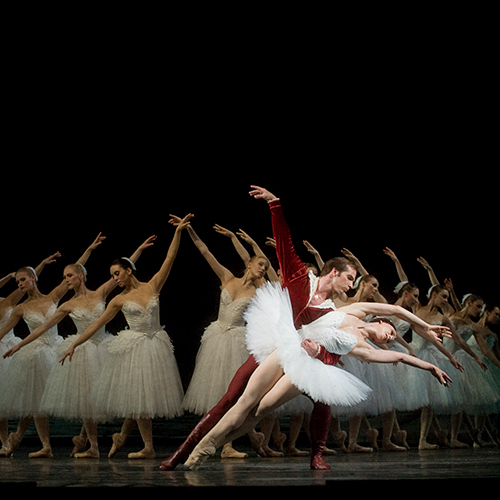
- This event has passed.
Smithsonian Associates: Ballet Music – The Soul of Movement, Lecture 1 – From the Ballet de la Nuit to Coppélia: Desperately Seeking Composers

Audiences love the spectacle and the sets, adore the costumes, and thrill to the brilliance and beauty of the choreography and the performers, and above all we are moved and exalted by the music. While dance is as old as we are, ballet is a much more recent evolution. By tracing ballet’s rapid journey from French courtly dance to an internationally beloved artform, we find its path travels directly through the magnificent scores of composers like Debussy, Stravinsky, Copland, and of course, Tchaikovsky.
In a 4-session series, speaker and concert pianist Rachel Franklin uses her unique live piano demonstrations and historic and contemporary film clips to illustrate how the music from such ballet masterpieces as Giselle, Swan Lake, Daphnis and Chloë, Le Sacre du Printemps, and Appalachian Spring became a treasured part of our cultural landscape.
British-born Franklin has been a featured speaker for organizations including the Library of Congress and NPR, exploring intersections among classical and jazz music, film scores, and the fine arts.
———————————————————————————————————————————————
Ballet is a unique experience in performance art, but what really takes it to its greatest heights is the musical score. It’s a bald but undeniable fact that the finest ballets are driven by the finest music. But finding composers who understood how to write for dance wasn’t always easy. Franklin follows ballet’s escape from the French court, its long-standing partnership with opera, and the first great scores by Gluck, Beethoven, Adolphe Adam, and Léo Delibes.
